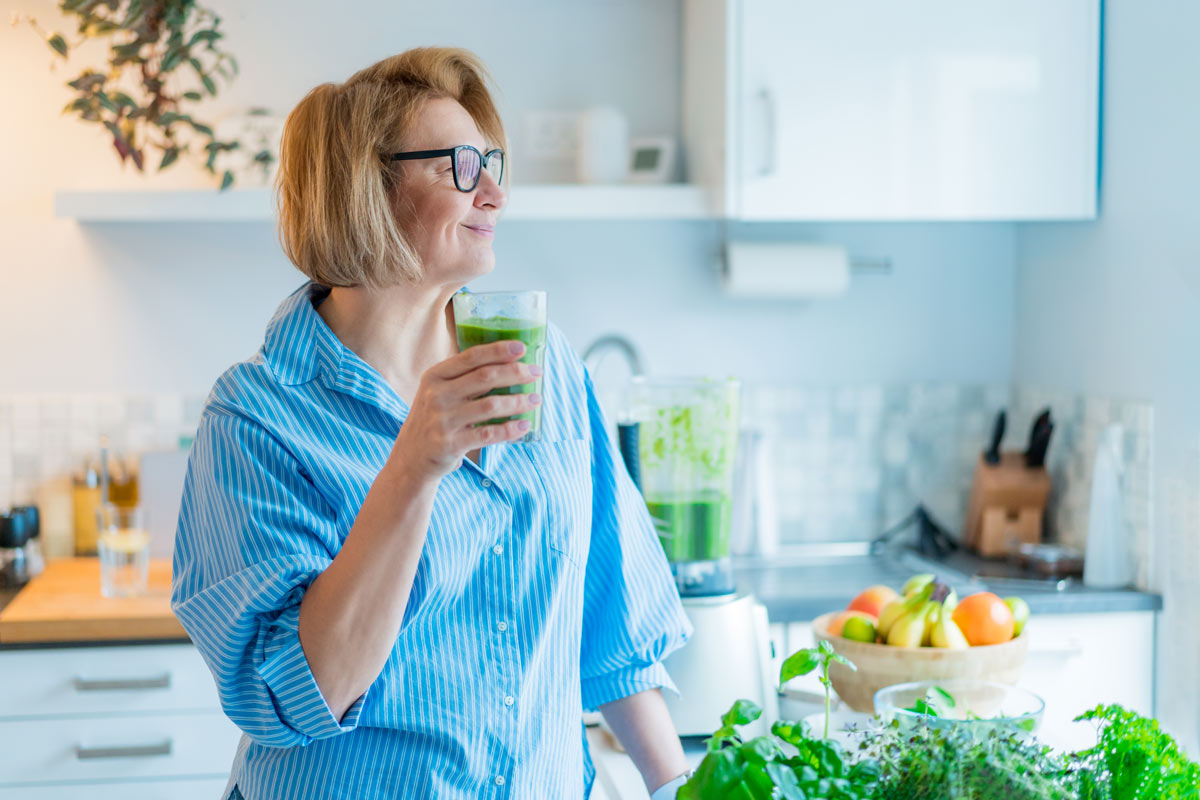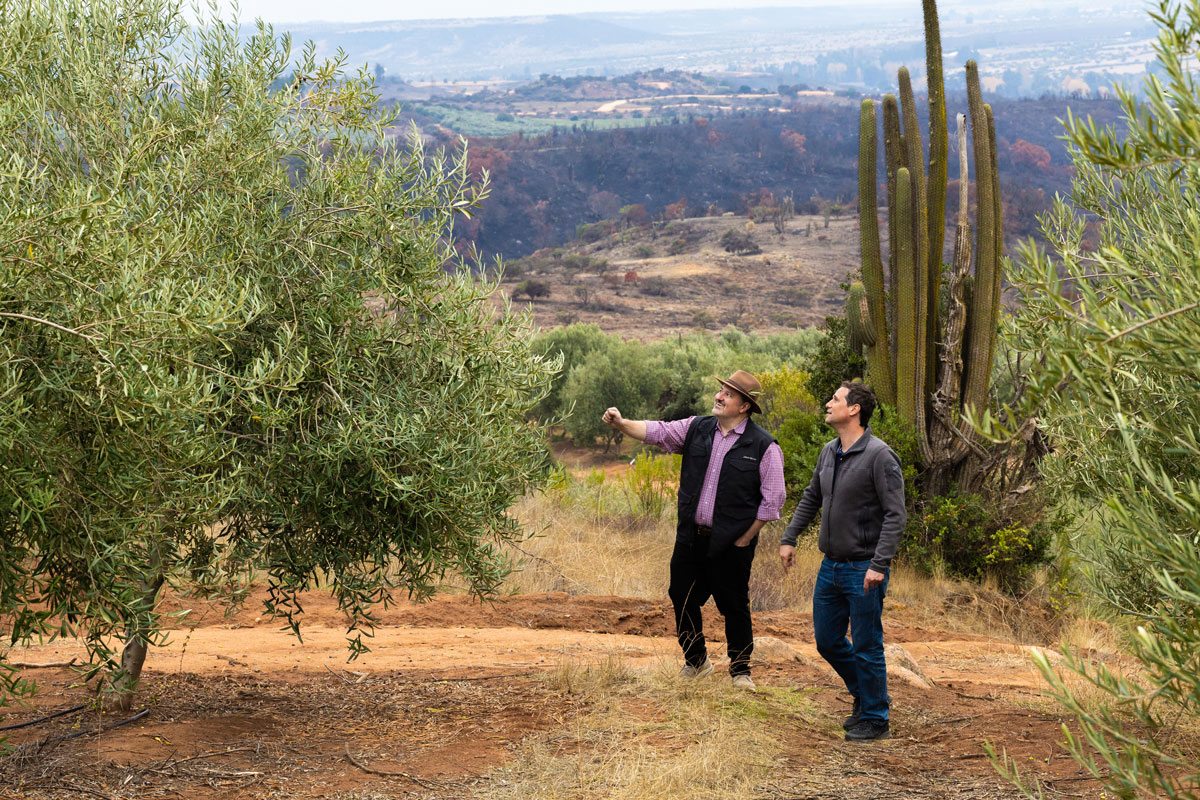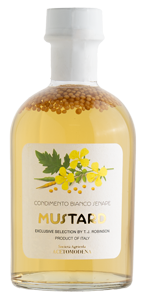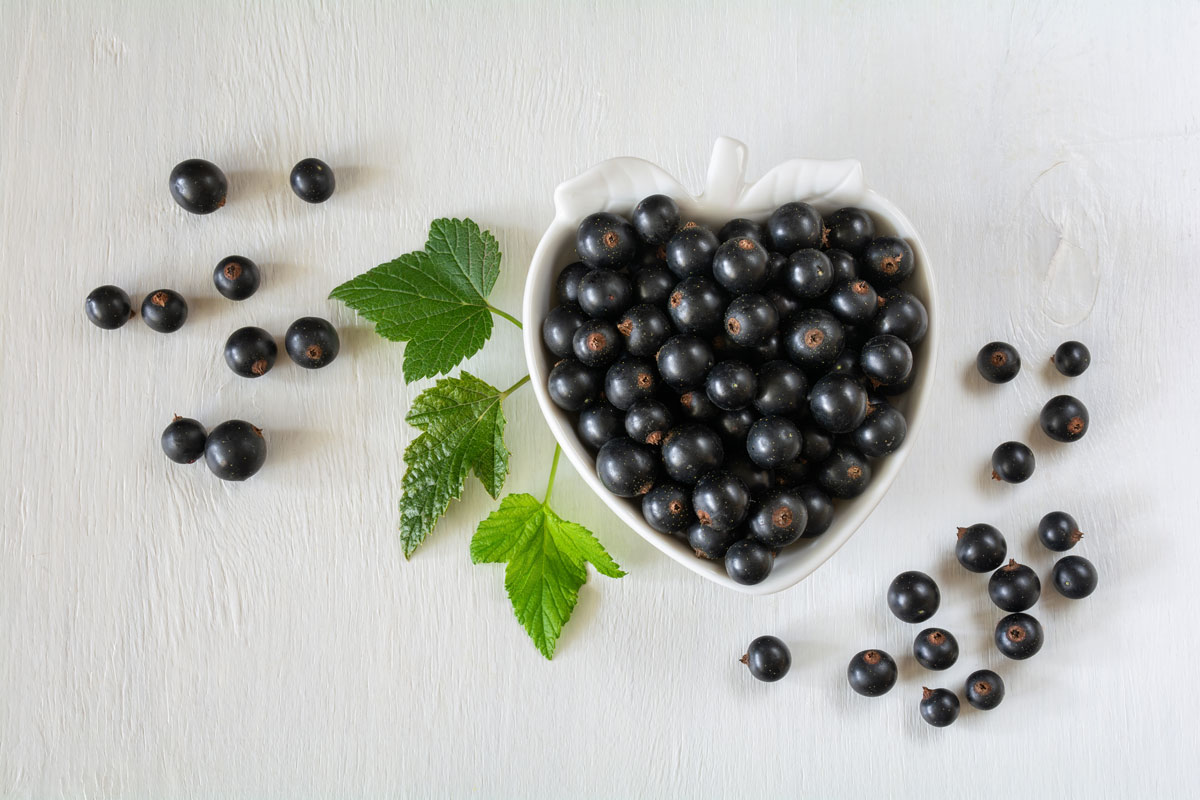Fresh Herb Marinade Recipe, Spotlight on Authentic Balsamic Vinegar, and Keeping Your Blood Pressure and BMI Under Control
Grilled or roasted, even the best cuts of meat benefit from marination, and the following marinade recipe is a hands-down winner. To impart just the right amount of sweetness, it uses the wonderfully rich balsamic vinegar called Condimento Barili Exclusivi from my new T. J. Robinson Curated Culinary Selections collection of artisanal vinegars.
Also in this issue of the Newsletter are two studies crucial to the fight against heart disease and other ills—one on keeping BMI in check and the other on the importance of blood pressure control.
Fresh Herb Marinade
 Fresh Herb Marinade
Fresh Herb MarinadeThis marinade imparts deep flavor to meat, especially when marinated overnight. Consider the following herbs a suggestion—make this recipe your own by combining your favorites, fresh or dried. Note: This Condimento Barili Exclusivi marinade is excellent for beef, lamb, and game; you can adapt it to chicken, pork, and fish by using Condimento Bianco Senape from my collection instead of Barili Exclusivi.
Ingredients
- 2 sprigs fresh thyme or 1/4 teaspoon dried
- 1 sprig fresh rosemary or 1/4 teaspoon dried
- 1 tablespoon chopped fresh tarragon or 1 teaspoon dried
- 1 sprig fresh basil
- 3 fresh sage leaves or 1/2 teaspoon dried
- 2 garlic cloves
- 1-1/2 teaspoons coarse salt
- 1/4 cup Condimento Barili Exclusivi
- 1 teaspoon coarsely ground black pepper
- 1/4 cup extra virgin olive oil
Directions
If using fresh thyme and rosemary sprigs, strip the leaves and place them on a cutting board along with the tarragon, basil, sage, garlic, and salt. Coarsely chop them all together. Transfer to a mixing bowl and stir in the vinegar and black pepper, then slowly whisk in the olive oil until thoroughly blended.
Yields about 2/3 cup

Healthy Ingredient Spotlight
Authentic Balsamic Vinegar
As those of you who have already been enjoying the vinegars of the T. J. Robinson Curated Culinary Selections know, after years of requests from members of the Fresh-Pressed Olive Oil Club, I made it my mission to source the best artisanal vinegars on the planet. That started with distinguishing true aceto balsamico, or balsamic vinegar, from its many pretenders.
With so many bottles on store shelves labeled “balsamic,” it’s important to know how to choose correctly. First and foremost, the vinegar must be completely crafted in Modena, a city within the Emilia-Romagna region of Italy, according to exacting, centuries-old standards enforced by the local consortiums. Anything else is, quite simply, not balsamic vinegar. Also, it can only be made from very specific grapes. Of course, the ultimate quality of a Modena balsamic depends on the skill of the producer, including knowing what wood to pick for each period of barrel-aging.
For the past five years, I’ve worked with the artisans at Società Agricola Acetomodena to bring you the finely crafted balsamic vinegar, Condimento Barili Exclusivi, in my collection. The “condiment” designation allows producers more freedom to craft a vinegar that goes beyond strict requirements of traditional balsamic vinegar, or aceto balsamico tradizionale, and with the perfect balance of acidity, sweetness, and woodiness from the barrel aging—thick, rich, tangy, and velvety. I liken it to when vintners create a cuvée, blending wines from various barrels to create a finished product that is greater than the sum of the parts.
Why you should have this vinegar in your kitchen: Balsamic vinegar is a culinary essential. It adds the perfect finish to cheeses, salads, grilled foods from vegetables to meat, and even fruits, like strawberries, figs, and pineapple. Pair it with your fresh-pressed olive oils to enhance mature or fresh cheeses, from aged Parmigiano-Reggiano to fresh burrata, and to make sauces, marinades, and vinaigrettes. Drizzle a few drops as a finishing touch on flatbreads, steak, risotto, French toast, and even ice cream.

Quick Kitchen Nugget
Deciding Between Vinegars
It’s important to always have a wide selection of vinegars in the pantry. Sometimes I want a sweeter note, other times one that’s more tart. While I don’t believe in any hard-and-fast rules, I do like to pair milder vinegars with milder oils so that one doesn’t overwhelm the other.
Think about the foods on your plate, too. If you’re making a salad with bitter greens, add sweetness with a sweeter vinegar like Condimento Barili Exclusivi or a mildly acidic note with citrusy Calamansi Vinegar. If you’re making a chopped salad with provolone and salami, a vinegar like my Raspberry Vinegar will balance the richness of the meat and cheese.
I also like to combine vinegars. For a vinaigrette with great complexity, use equal amounts of a sweet vinegar and a tart one. The beauty of having many wonderful vinegars is that you can have fun discovering the pairings you like best.

For Your Best Health
Is Your Blood Pressure Under Control?
According to a study in JAMA Network Open that looked at data on more than 3,000 people over the age of 18, the numbers are alarming: More than half the adults in the US with uncontrolled high blood pressure aren’t even aware that they have it. This was especially true for younger adults between the ages of 18 and 44 years—high blood pressure, or hypertension, is not just a disease of older age. There is also concern about people who take medication for high blood pressure: For more than two-thirds, it remains uncontrolled. Because this was a weighted study, researchers were able to estimate that of the approximately 120 million American adults with hypertension, for about 92.9 million people it’s not under control.
The researchers stated: “These findings have serious implications for the nation’s overall health….Uncontrolled hypertension, which is a leading factor associated with increased risk of cardiovascular disease (CVD) mortality and events, including heart attack and stroke, is also associated with an increased risk of diabetes, chronic kidney disease, and cognitive decline.
“Additionally, despite engagement with the health care system, we found that 70 percent of adults with uncontrolled hypertension who were aware of their condition reported taking antihypertensive medication. While antihypertensive medications are effective in reducing blood pressure and preventing CVD across demographic groups, our results support existing evidence that a prescription alone does not guarantee improved hypertension control at the individual or population level….These findings underscore the need for efforts to improve outcomes across levels of the hypertension control cascade.”
This study points to the importance of having your blood pressure checked regularly and following up regularly as well to see if treatment for high blood pressure is working.

Fitness Flash
Keeping BMI in Check
According to a study published in the International Journal of Behavioral Nutrition and Physical Activity, to keep weight in check, it’s important to consider not only what you eat but also the times when you eat. Two specific habits associated with a lower body mass index (BMI) in the long term are keeping a longer overnight fast and eating breakfast early.
This research, led by the Barcelona Institute for Global Health (ISGlobal), involved more than 7,000 volunteers between the ages of 40 and 65 who answered questionnaires about their weight and height; eating habits, including meal times; other lifestyle habits; and socioeconomic status. In 2023, after five years, more than 3,000 participants made a follow-up visit to the research team, where their measures were registered again and new questionnaires were completed.

“Our results, in line with other recent studies, suggest that extending the overnight fast could help maintain a healthy weight if accompanied by an early dinner and an early breakfast,” explained Luciana Pons-Muzzo, researcher at ISGlobal at the time of the study and currently at IESE Business School. “We think this may be because eating earlier in the day is more in line with circadian rhythms and allows for better calorie burning and appetite regulation, which can help maintain a healthy weight. However, it is too soon to draw definitive conclusions, so recommendations will have to wait for more robust evidence.”
Added Camille Lassale, ISGlobal researcher and senior co-author of the study, “There are different ways of practicing what is known as ‘intermittent fasting’ and our study relates to one of them, which is overnight fasting. What we observed in a subgroup of men who do intermittent fasting by skipping breakfast is that this practice has no effect on body weight. Other intervention studies in participants with obesity have shown that this tactic is no more effective than reducing calorie intake in reducing body weight in the long term.”
“Our research is part of an emerging field of research known as ‘chrononutrition,’ which focuses not only on analyzing what we eat but also [on] the times of day and the number of times we eat,” says Anna Palomar-Cros, a researcher at ISGlobal at the time of the study. “At the basis of this research is the knowledge that unusual food intake patterns can conflict with the circadian system, the set of internal clocks that regulate the cycles of night and day and the physiological processes that must accompany them.”
This study provides continuity to a line of ISGlobal research on chrononutrition, which in recent years has published two other studies with results in the same direction. In these studies, it was observed that eating dinner and breakfast early was associated, respectively, with a lower risk of cardiovascular disease and type 2 diabetes.
Get More Recipes In Your Inbox!









